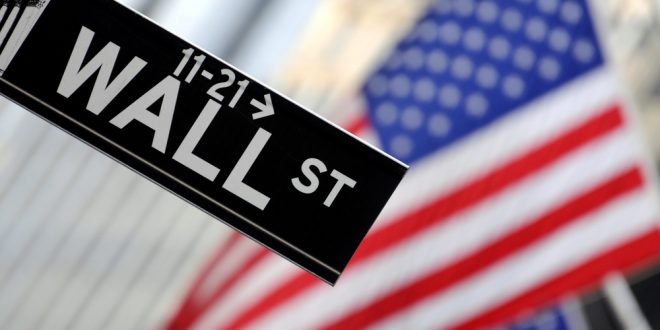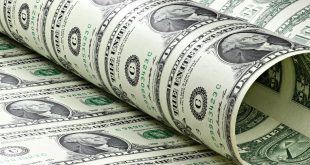On Thursday, the US stock market climbed higher as it built on its recent gains. Traders were looking ahead to key inflation data next week as well as the Federal Reserve’s latest policy announcement. The Dow Jones Industrial Average added 168.59 points, or 0.5%, to close at 33,833.61. The S&P 500 traded 0.62% higher and ended the day at 4,293.93 – its highest closing level in 2023. The Nasdaq Composite climbed 1.02%, closing at 13,238.52.
Amazon propelled tech shares higher after bullish analyst commentary. The e-commerce giant’s shares rose 2.5% and helped the Technology Select Sector SPDR Fund (XLK) climb more than 1%. The S&P 500 is coming off a down session but is still within striking distance of the key 4,300 level. The broader market index also hit its highest level since August this week, adding to a 2.7% rally month to date. The index is higher by 11.8% year to date.
Investors seem to be in a holding pattern while awaiting the Fed’s upcoming policy meeting on June 13th and 14th. Economic signs suggest that inflation is inching down, even as it remains above the central bank’s 2% target. Small-cap stocks have been showing strength in recent weeks. The Russell 2000 is up 7.5% in June and almost 7% year to date, indicating a potentially more resilient economy beyond the big-tech boom.
New data released on Thursday showed initial jobless claims reached their highest level since October 2021, indicating a potentially softening labor market. On Thursday, the US stock market had a mixed performance. The S&P 500 index was up approximately 9% for the year as of May 25th, which was the 100th trading day of the year. However, the gains in the stock market were due to the surging prices of a few of the largest companies.
The five biggest companies that are responsible for most of the stock market’s gains in 2023 are referred to as “the big five”. These companies are Apple (up 36% this year), Microsoft (37%), Alphabet (44%), Amazon (22%), and Facebook (23%).
While the economic outlook for 2023 remains uncertain, there are reasons for investors to be optimistic in June and beyond. The S&P 500 index advanced on Thursday, putting it up 20% from its October 12th closing low and heralding the start of a new bull market, at least by the definition of some market participants.
There is no set definition of a bull or bear market, nor is there any sort of regulatory body that declares one. The most commonly accepted definition is a 20% rise off a low for a bull market and a 20% decline from a high for a bear market. However, even this definition is open to interpretation.
On Thursday’s session, the S&P 500 index rose by 0.6%, lifted by technology stocks. Meanwhile, volatility dropped to record lows ahead of an eventful economic and policy calendar next week. The Nasdaq index added 1%, and it is now up nearly 30% from its closing low last December. There have been fifteen bear markets for the benchmark S&P index since September 1929. A time element can be added to the likely bear market criteria, requiring a low to remain intact for at least seven months.
 Noor Trends News, Technical Analysis, Educational Tools and Recommendations
Noor Trends News, Technical Analysis, Educational Tools and Recommendations





